Ice formation by Photographer Mr. Kaji
The striking poses of ice formations, the white snow and ice juxtaposed boldly against the dark water, reveal the innate beauty of the Alaskan wilds. A testament to the power of nature, to form such patterns in ice and to stand the test of time in a savage environment, these formations serve as an inspiration to all that have set eyes on them. During an excursion to the tundra a decade ago, Mr. Ryota ″Kaji″ Kajita accidentally stumbled upon these beautiful, icy structures, and immediately fell under their spell. He began capturing his astounding ″Ice Formation″ series and has been continuing to return to these formations every year ever since, as one of his important series in his photography career. Over the years, this personal journey has become not only a mission to discover and uncover their natural wonder, but also a path of continuous growth and self-development. Now, with a decade under his belt, Mr. Kajita sees these ice formations as ″the embodiment of Zen″.
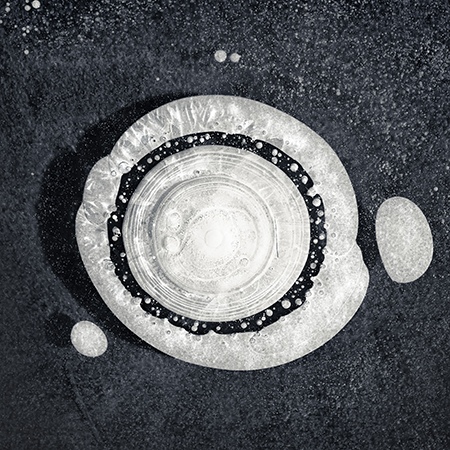
Every year, before the first snow, Mr. Kajita explores swamps, lakes, and rivers in Alaska′s interior. He works tirelessly to pursue these intriguing, geometric formations, enduring incredibly low temperatures and wandering on precarious frozen waters throughout his search because when the snow falls, these patterns disappear without a trace. He aims not to let time pass inadvertently, but to live fully for the moment, remaining in tune with nature. During his journeys, he has amassed a breadth of skills in outdoor survival and photography and has gained a deep understanding of and appreciation for nature, both seen with the eye and through a lens.
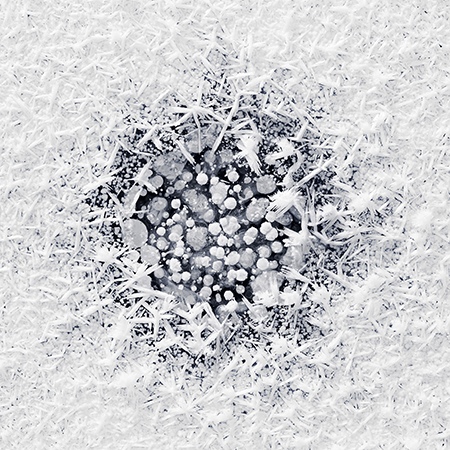
Ryota ″Kaji″ Kajita′s photographs have not only brought a new perspective of our world to himself, but to his audience as well. His series ″Ice Formation″ has been seen by countless eyes across the globe – it has even won him the 7th edition Tokyo International Photography Competition, and has been featured by National Geographic. We are fortunate to have the opportunity to speak with him, and we hope that you are able to learn from and be inspired by Mr. Kajita′s story and work as much as we have been able to.
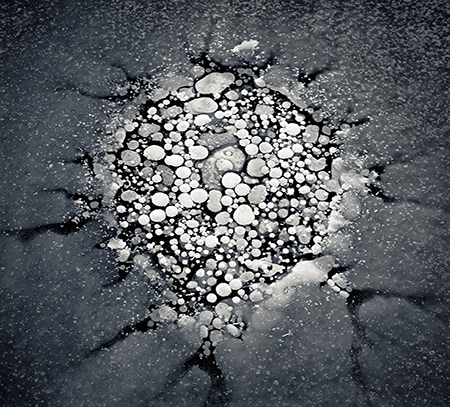
Q: You have such a keen eye for capturing astounding and meaningful images. Please share with us your background and training related to photography.
A: When I was a college student at the University of Alaska, Fairbanks, I took a class of basic photography as one of my major classes in Journalism. Kate Wool was the teacher, and she taught me how free and rich is the artistic expression of photographic art. I started to be attracted to the field and enjoyed pressing the shutter button, developing film, and making prints in the darkroom. (Yes, the Basic Photography class used ″film″ at the time around 2005 or so when I was a college student in the U.S.) Ms. Wool encouraged me to seek more education in the field. Her advice helped me to build confidence and make myself believe in my originality. That′s how I decided to become a Master of Fine Arts student in photography and a professional photographer after graduating.
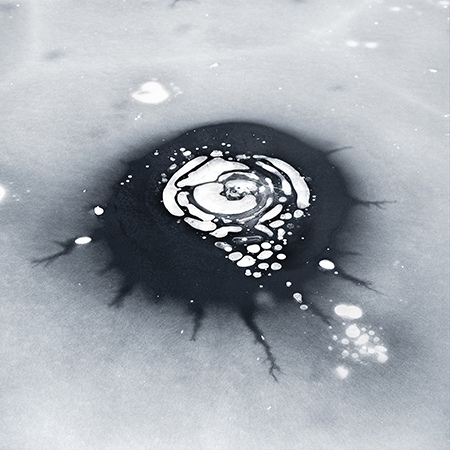
Q: Why are you attracted to the Alaska landscape, particularly the interior of Alaska?
A: Living in Alaska was my dream when I was young. Photographs and writings by the great Japanese photographer, Michio Hoshino, was a huge influence for me. He was known for Alaskan wildlife photographs and books on his experiences in Alaska. His writings are filled with the joy of encountering wildlife and meeting people, including Alaskan Natives. The images and stories were very touching, and I dreamed of living in Alaska. However, I had a job in Japan, and living in Alaska seemed like a distant dream. My life suddenly changed when my father died rather suddenly. I was around 25 years old at the time. I realized that human lives are short and could end abruptly. My father′s death made me think I have to live my life to the fullest. I decided to travel to a remote Alaskan village which was the first village Hoshino visited in Alaska. This visit made me seriously consider moving to Fairbanks, where he lived. I followed his footsteps and became a student in the University of Alaska Fairbanks.
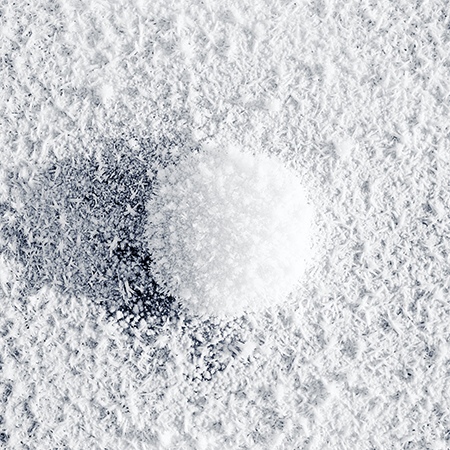
Q: Your Ice Formation series has won worldwide recognition. Please tell us how you came up with this idea. What obstacles you had to overcome in order to capture these breathtaking photos?
A: It all started when my wife, my girlfriend at that time, asked me to go outside on a cold day. We walked near a small pond in the tundra and found our very first ice formation there. The pattern was so mysterious and wondrous that photographing it was a natural thing to do as a photographer. Then, I started exploring lakes and ponds to hunt and collect more patterns.
I often find ice formations on lakes and ponds in spruce woods and tundra. Although they change year to year, I wait for several consecutive days with the highest temp below 0 Celsius. However, if I wait too long for the ideal condition, it could snow, which happens often, and the delicate natural creation would be completely covered by snow. So, I start to look for bubbles before the water completely freezes up and check the thickness of ice to see if I can walk on it. The small ponds, where the bubbles appear, tend to be in low areas, so the water starts to freeze earlier than other areas. Therefore, I need to try to start looking for them earlier. In my opinion, there are no major obstacles to capture those ice formations. What you need is patience.
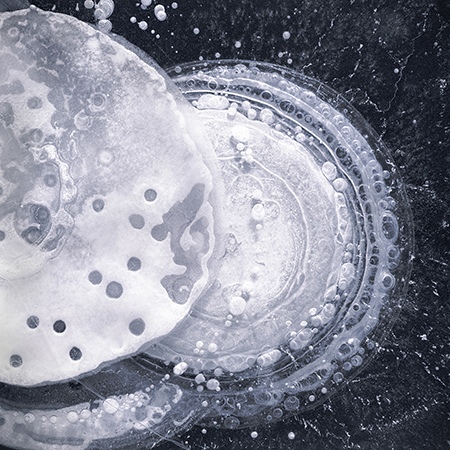
Q: You have said you like traveling, backpacking, and cross-country skiing. In your opinion, where does your adventurous spirit comes from?
A: Probably, it comes from my disposition, inner soul rather than from being Japanese, I guess. I traveled by train to Hokkaido, the largest and northernmost prefecture in Japan, when I was 15 years old. I motorcycled all over Japan for half a year at the age of 19 or 20 . I bicycled 3 months from Singapore to Bangkok in Thailand at the age of 21. It seems the spirit of ″Somewhere but not here″ has resided in my mind since I was born and I don′t have a plain answer why.

Q: Some of your photos have the ″Zen″ feel, simple but powerful with beauty. Please share with us whether some of the Japanese philosophy influences your photography.
A: If you feel something like ″Zen″ in my images, I am very happy. The precise definition of ″Zen″ is difficult and probably different between the Japanese and the US. But, I believe my images capture one of the ″Zen″ aspects — let go of our worldly desires, be natural and yourself. It is very interesting that the beautiful ice patterns are not intended for humans or other creatures to appreciate. They happen in nature. They just appear quietly at the beginning of the winter and disappear silently after snowfalls. They are nature themselves. In a sense, the ice formations are the embodiment of ″Zen″, and I am the opposite, an existence with a human′s ego who desires to take their photographs. The beauty and wonder of everyday life are subtle, ephemeral, and often too small to be noticed. Through photographs, nature reveals its subtle beauty to me. In the Ice Formations series, I hope to share these transient and small creations with others.
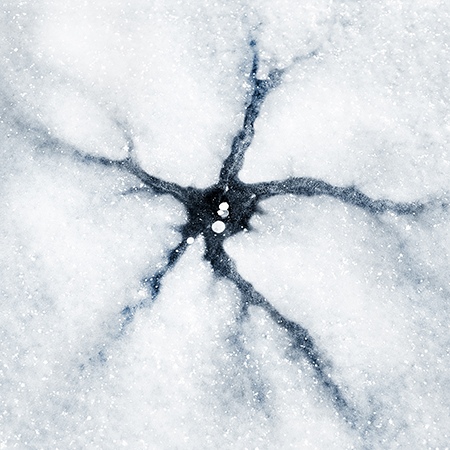
Q: What kind of equipment do you carry with you in shooting these photos in severe weather conditions?
A: I used a medium format film camera, Fuji GF670, and Kodak T-MAX 100 or 400 films. I like GF670, because it′s only 1kg, which is very light as a medium format camera. I take the camera and walk around on frozen swamps and lakes. I don′t use a tripod, because it creates a shadow on the ice patterns when I try to take photos from above and also takes time to set up. Daylight hours are short in Alaska and the light condition changes quickly in late fall, so I need to shoot my images quickly. I always take extra batteries with me and keep them warm under my jacket. Disposable warming pads help to keep them warm and I often swap batteries when they get too cold in the camera. Though my fingers get numb, changing film in cold temperature doesn′t bother me too much. If you can change the film with gloves on, you′d be OK.
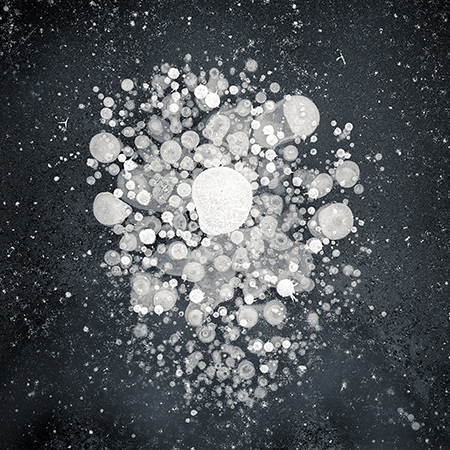
Q: Please let us know your upcoming events and plan.
A: The series was featured in National Geographic magazine on the March 2020 issue. I would be happy if you have a chance to see my images on it. They also provide a digital version for their subscribers. The URL is https://www.nationalgeographic.com/magazine/2020/03/what-these-art-photos-say-about-climate-change/
The 7th edition of the Tokyo International Photography Competition chose the series as one of the winners. It offers a traveling exhibition including ″Wonder Foto Day″ in Taipei, Taiwan, ″The UPI Gallery″ in New York, USA , ″PhotoIreland Festival″ in Dublin, Ireland and ″72 Gallery″ in Tokyo, Japan. I appreciate the competition gives me wonderful opportunities to show my images to their audiences. I hope the readers of Our Narratives have the chance to see the printed image in one of the festivals or places. https://tokyophotocompetition.com/7-winners/
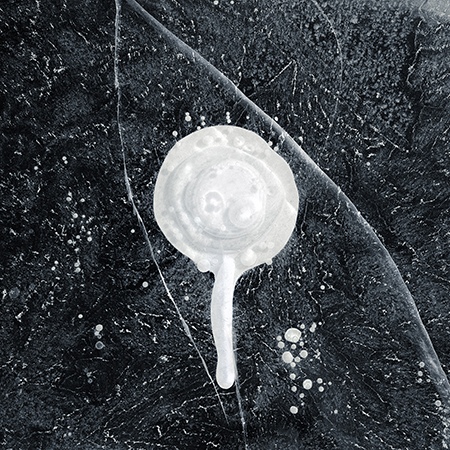
Ryota ″Kaji″Kajita′s photos connect people with nature, helping them to understand the essence of it. His work brings the following poem to my mind:
″To see a World in a Grain of Sand
And a Heaven in a Wild Flower,
Hold Infinity in the palm of your hand
And Eternity in an hour…″ – by William Blake
We are very grateful to Mr. Kajita for sharing with our readers his journey of becoming an outstanding photographer.
Mr. Kajita′s Website and Instagram
More prints are available at art.planetfinds.com. ![]()